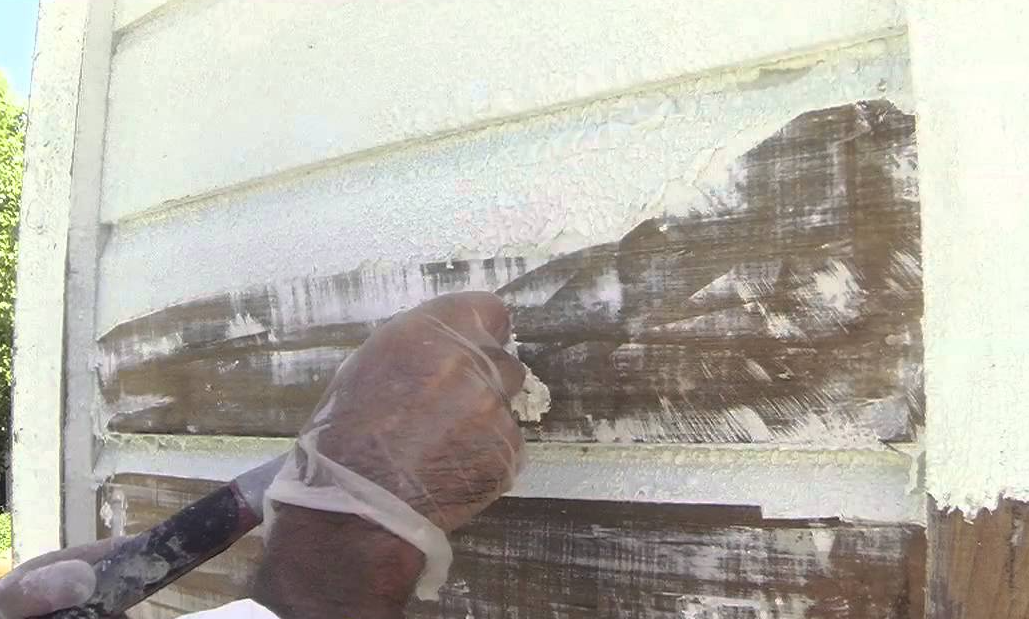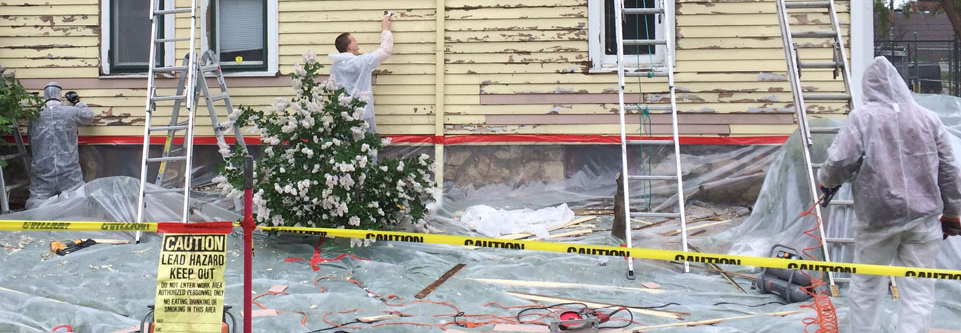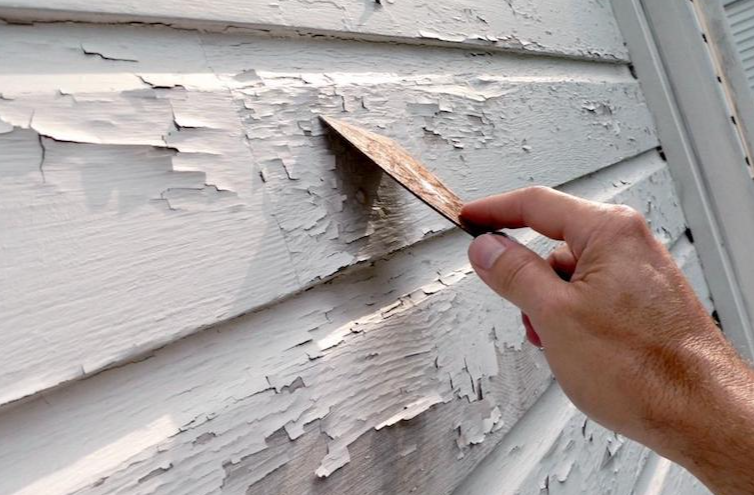The United States Environmental Protection Agency, or the EPA has a rule which requires that firms performing renovation, repair and painting projects which disturb lead-based paint in homes, childcare facilities and pre-schools built before 1978 be certified by the EPA, or an EPA-authorized state, use certified renovators who are trained by EPA-approved training providers, and follow lead-safe work practices.
Lead-based paint is serious business and if you’re not sure if you have lead-based paint on your home or your building, you will want to get a lead inspection or lead risk assessment to be sure. This can help you make an informed decision about your next steps and who you hire for your project.
Although some states do allow a homeowner to do the work yourself, you’ll want to be certain on the proper way to do the job safely. Many times, it’s best to have a contractor who is certified in lead paint removal do the work and determine the best remediation strategy.
Let’s start with the cost. According to the EPA, professional lead-based paint removal for the following three options costs about $8 to $15 per square foot or about $9,600 to $30,000 for a 1,200- to 2,000-sq. ft. house. The average removal project costs about $10,000. Though it can be a bit expensive, it will certainly give you peace of mind that you, your family, and your guests will be safe.
Lead Paint Removal Options
Here are four (4) options a person might choose from:
- Encapsulation: Typically, the least complicated and most affordable method, encapsulation, involves brushing or rolling on a specially made paint-like coating that creates a watertight bond and seals in the lead-based paint. However, opening and closing your doors and windows eventually may wear off the coating. Encapsulation products can start at about $50 per gallon. Expect to pay about $800 to $1,400 to cover surfaces in a 1,200- to 2,000-sq. ft. home (not including labor).
- Enclosure: With this method, the old surface is covered with a new one, such as putting up new drywall or covering windowsills with aluminum or vinyl cladding. If the enclosed surface is ever removed, you will have to deal with the exposed lead-containing surfaces underneath at that time.
- Removal: A variety of approaches are used to remove lead-based paints, such as wire brushing or wet hand scraping with liquid paint removers. Your contractor may opt to wet sand surfaces and must use an electric sander equipped with a high-efficiency particulate air (HEPA) filtered vacuum. Another option is stripping off paint with a low-temperature heat gun, and hand scraping. Forbidden methods of removal include open flame burning or torching, machine sanding without a HEPA attachment, abrasive blasting, and power washing without a means to trap water and paint chips.
- Replacement: This very thorough strategy calls for taking out the offending surfaces or features and installing new windows, doors, woodwork, and other surfaces.
There is another option … to leave things alone. The time this may happen is if the lead-based paint in your home or building is in good condition. There is no chipping or other damage visible AND no children under the age of 6 live at this location or visit it regularly. You may choose to leave the paint untouched and delay the remediation. If you choose to sell, you will need to be sure to disclose the presence of the lead-based paint.
If this is not the case, then you will want to have the lead-based paint remediated as soon as possible. Feel free to contact Elite Painting, LLC either in our contact us form or at 262-370-8480 for your lead-based paint remediation needs as we are certified.



